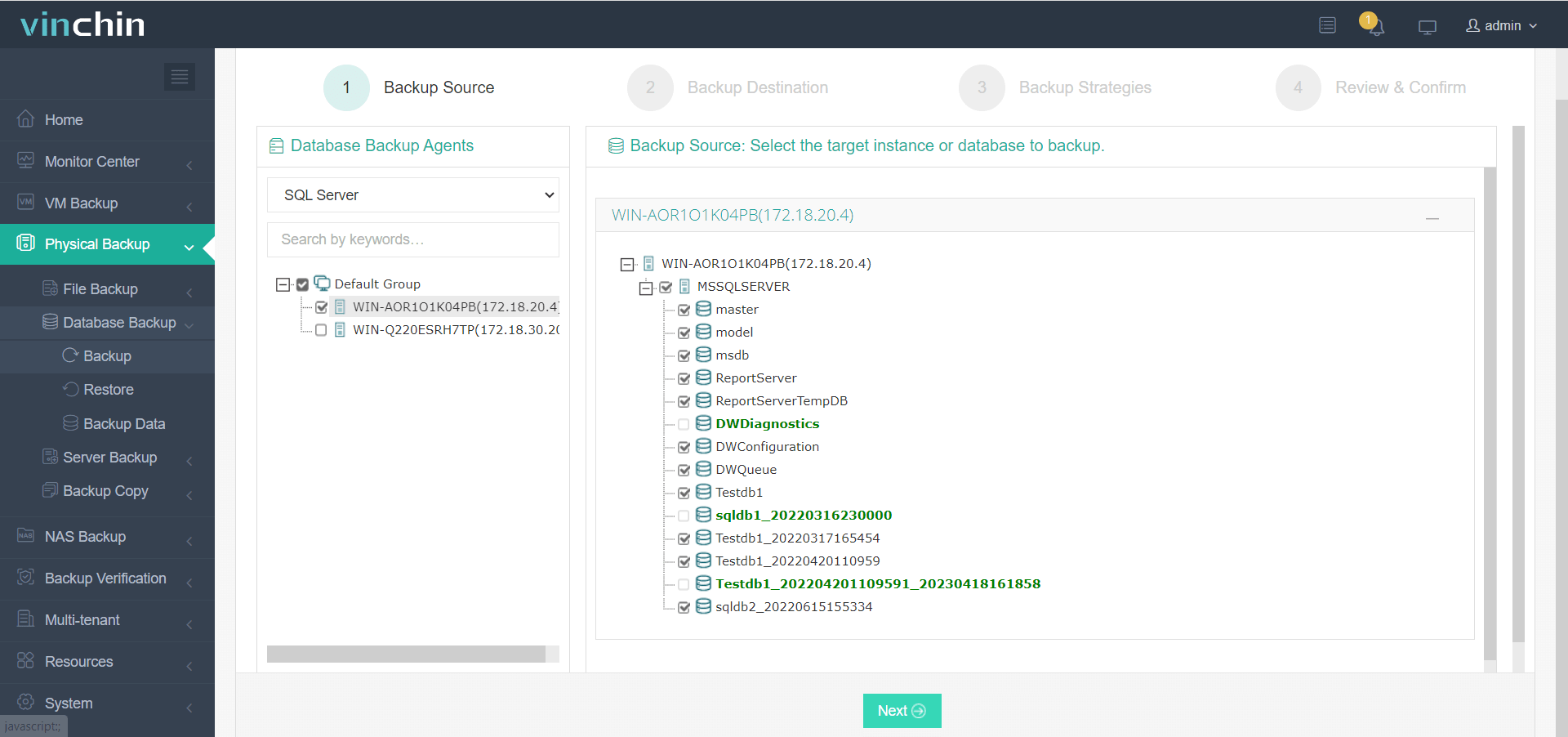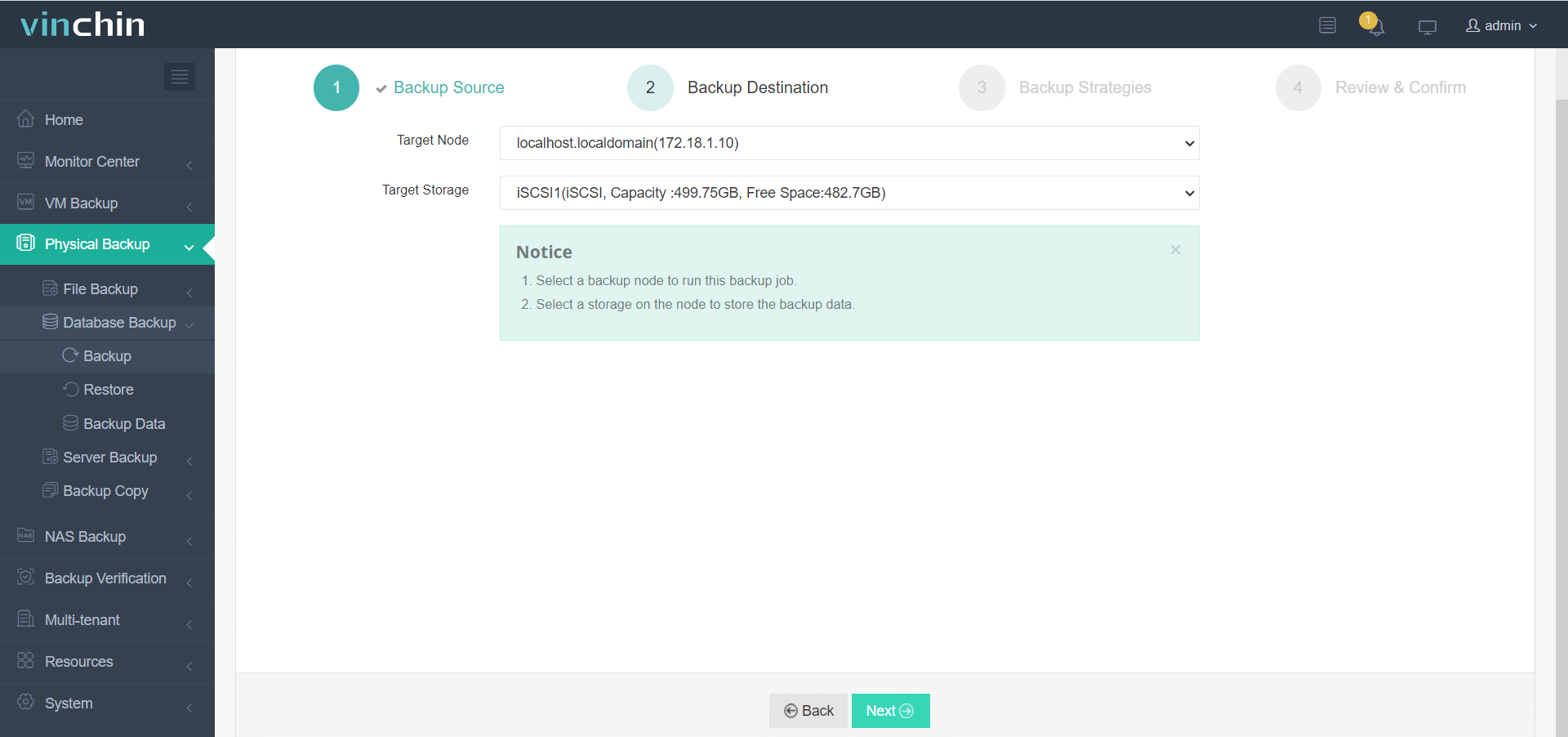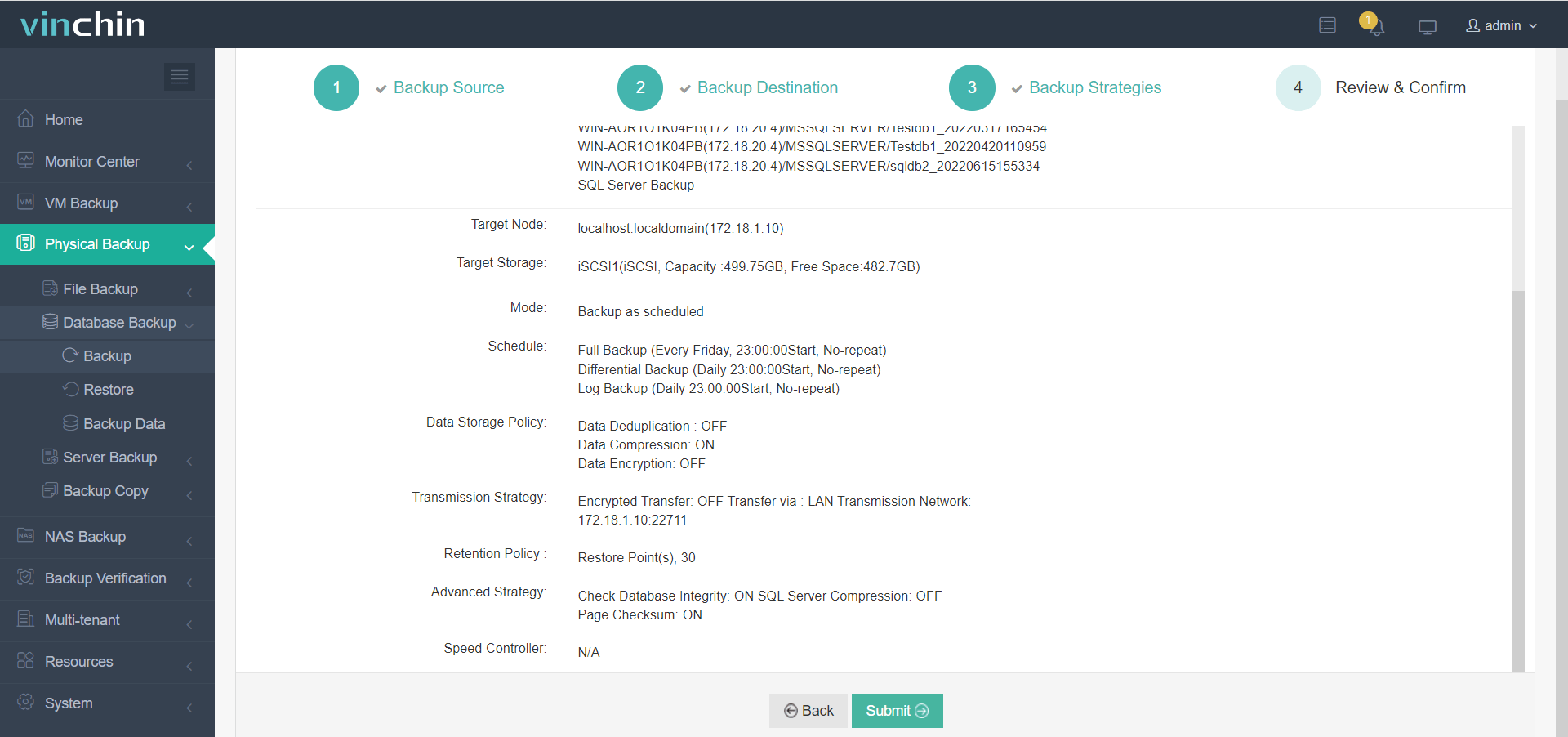-
What Is a SQL Server Database View?
-
Why Use Views in SQL Server?
-
How to Create a SQL Server Database View?
-
How to Manage and Modify SQL Server Database Views?
-
Introducing Vinchin Backup & Recovery for Enterprise-Level Database Protection
-
SQL Server Database View FAQs
-
Conclusion
Working with SQL Server often means dealing with complex data spread across many tables. Wouldn’t it be easier if you could create a simple, reusable window into that data? That’s where a SQL Server database view comes in. Views help you organize, secure, and simplify your database queries. In this article, we’ll explore what a view is, why you should use one, and how to create, manage, and back up views in SQL Server. Whether you’re just starting or looking to fine-tune your database skills, you’ll find practical steps and clear explanations here.
What Is a SQL Server Database View?
A SQL Server database view is a virtual table that does not store data itself but presents results from one or more tables using a saved query. When you query a view by name—just like any table—SQL Server runs its underlying SELECT statement instantly. The result always reflects current data in source tables.
Views can pull columns from several tables at once using joins or filters. You might use them to combine customer details with order history or filter out sensitive information before sharing data with others. Since views are based on live queries rather than stored snapshots (except for indexed views), they always show up-to-date information.
Why Use Views in SQL Server?
Views offer many advantages for both administrators and users at all skill levels. First off: simplicity. Instead of writing long JOIN statements every time you need complex results, save that logic as a view—then reference it by name whenever needed.
Security is another big reason to use views. By exposing only certain columns or rows through a view—and hiding others—you control who sees what without changing permissions on base tables themselves.
Consistency matters too: if your business relies on specific calculations or rules (like tax rates), define them once inside a view so everyone gets the same answer every time.
Performance can also improve when using indexed views for heavy reporting workloads; these special views store their results physically after creation. For most standard views though, performance depends on how well your base tables are designed and indexed.
How to Create a SQL Server Database View?
Creating views in SQL Server is straightforward whether you prefer scripts or graphical tools like SSMS (SQL Server Management Studio). Let’s cover both methods step by step—from beginner basics through intermediate best practices.
Before creating any view:
Decide which schema it belongs to (for example:
dbo).Plan which columns should appear—and why those matter for your users.
Check dependencies so changes won’t break other objects later.
Using T-SQL
The simplest way is with T-SQL’s CREATE VIEW command:
CREATE VIEW dbo.employee_contact AS SELECT first_name, last_name, email FROM dbo.employees;
This creates employee_contact under schema dbo. Now anyone can run:
SELECT * FROM dbo.employee_contact;
and see names plus emails from the employees table—no need to write joins each time!
Want something more advanced? Try joining multiple tables:
CREATE VIEW dbo.order_summary AS SELECT o.order_id, c.customer_name, o.order_date, SUM(oi.quantity * oi.unit_price) AS total_amount FROM dbo.orders o JOIN dbo.customers c ON o.customer_id = c.customer_id JOIN dbo.order_items oi ON o.order_id = oi.order_id GROUP BY o.order_id, c.customer_name, o.order_date;
This summarizes orders per customer per date—including totals calculated on-the-fly.
Remember: unless you create an indexed view (see below), no actual data is stored—the results are generated live each time someone queries the view.
Using SQL Server Management Studio (SSMS)
Prefer point-and-click? SSMS makes building views easy:
1. Open SQL Server Management Studio; connect to your target database.
2. In Object Explorer, expand your database node; right-click Views; select New View.
3. In the Add Table dialog box that appears next, pick relevant tables then click Add.
4. Drag desired columns into the design grid; set up joins visually between related fields; apply filters as needed.
5. Click Save, enter your new view’s name when prompted; confirm by clicking OK.
Your fresh view now shows up under Views in Object Explorer—ready for querying just like any table!
When designing production-grade solutions:
Always specify schemas explicitly (
dbo.viewname) instead of relying on defaults.Document why each column appears—future admins will thank you!
Before altering or dropping any existing view:
Check dependencies using this query:
SELECT OBJECT_NAME(referencing_id) AS DependentObject, referenced_entity_name AS ReferencedTableOrView FROM sys.sql_expression_dependencies WHERE referenced_entity_name = 'your_view_name';
This helps avoid breaking stored procedures or reports that rely on your work.
How to Manage and Modify SQL Server Database Views?
Once created—a good admin knows how to maintain healthy views over time! Here’s what every operator should know about managing lifecycle events safely:
To list all current views quickly:
SELECT name FROM sys.views;
Or browse visually via SSMS under Views folder within Object Explorer tree structure.
To inspect exact code behind any given view:
1) Right-click its entry in SSMS > choose Script View as > CREATE To > New Query Editor Window
2) Or run this command—but note it may truncate very long definitions:
sp_helptext 'view_name';
For complete scripts regardless of length try:
SELECT definition FROM sys.sql_modules WHERE object_id = OBJECT_ID('view_name');Need changes? Use ALTER VIEW syntax—for instance adding phone numbers:
ALTER VIEW dbo.employee_contact AS SELECT first_name, last_name, email, phone_number FROM dbo.employees;
Or edit graphically via SSMS (Design) then save updates directly.
Renaming happens via system procedure:
EXEC sp_rename 'old_view', 'new_view';
Deleting unwanted objects uses DROP VIEW command—or right-click/delete within SSMS interface.
If underlying table structure changes significantly—refresh metadata using this handy script before troubleshooting errors:
EXEC sp_refreshview 'your_view';
Always check dependencies before making major edits! Altering definitions may break downstream reports/stored procedures unexpectedly—so test changes outside production first whenever possible.
Introducing Vinchin Backup & Recovery for Enterprise-Level Database Protection
When it comes to safeguarding critical SQL Server environments—including all associated objects such as database views—a robust backup solution becomes essential for operational continuity and compliance needs. Vinchin Backup & Recovery stands out as an enterprise-level platform supporting today’s mainstream databases including SQL Server, Oracle, MySQL, MariaDB, PostgreSQL/PostgresPro, and MongoDB.
With Vinchin Backup & Recovery, organizations benefit from features such as advanced source-side compression specifically optimized for Oracle and SQL Server workloads; incremental backup capabilities tailored for transactional databases like Oracle and MySQL; batch backup management across multiple instances; flexible retention policies including GFS strategies; and dedicated verification options ensuring reliable recovery points for SQL Server backups—all designed to streamline protection while reducing storage costs and administrative effort overall.
The intuitive web console makes protecting your environment remarkably simple:
1. Select source SQL Server database(s),

2. Choose target storage location(s),

3. Configure backup strategies,

4. Submit the job.

Join thousands of global enterprises who trust Vinchin Backup & Recovery for proven reliability and top-rated support worldwide—start today with a free 60-day full-featured trial by clicking the download button below!
SQL Server Database View FAQs
Q1: How do I handle performance issues when querying complex sql server database views?
A1: Optimize indexes on underlying tables or consider creating an indexed view if aggregates slow down reporting tasks.
Q2: How can I track which objects depend on my sql server database view?
A2: Run SELECT referencing_entity_name FROM sys.dm_sql_referenced_entities('schema.view', 'OBJECT') for quick dependency checks before making changes.
Q3: Can I grant access rights only on specific sql server database views without exposing full base tables?
A3: Yes; assign SELECT permissions directly on chosen views while denying access at base table level for tighter security control.
Conclusion
A well-designed sql server database view simplifies queries while boosting security and consistency across teams at every skill level—from junior admin through expert DBA alike! Mastering creation plus ongoing management keeps operations smooth day-to-day—and Vinchin ensures reliable backups protect everything behind-the-scenes when disaster strikes unexpectedly.
Share on:






